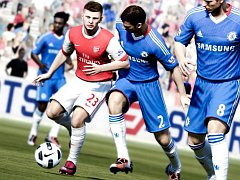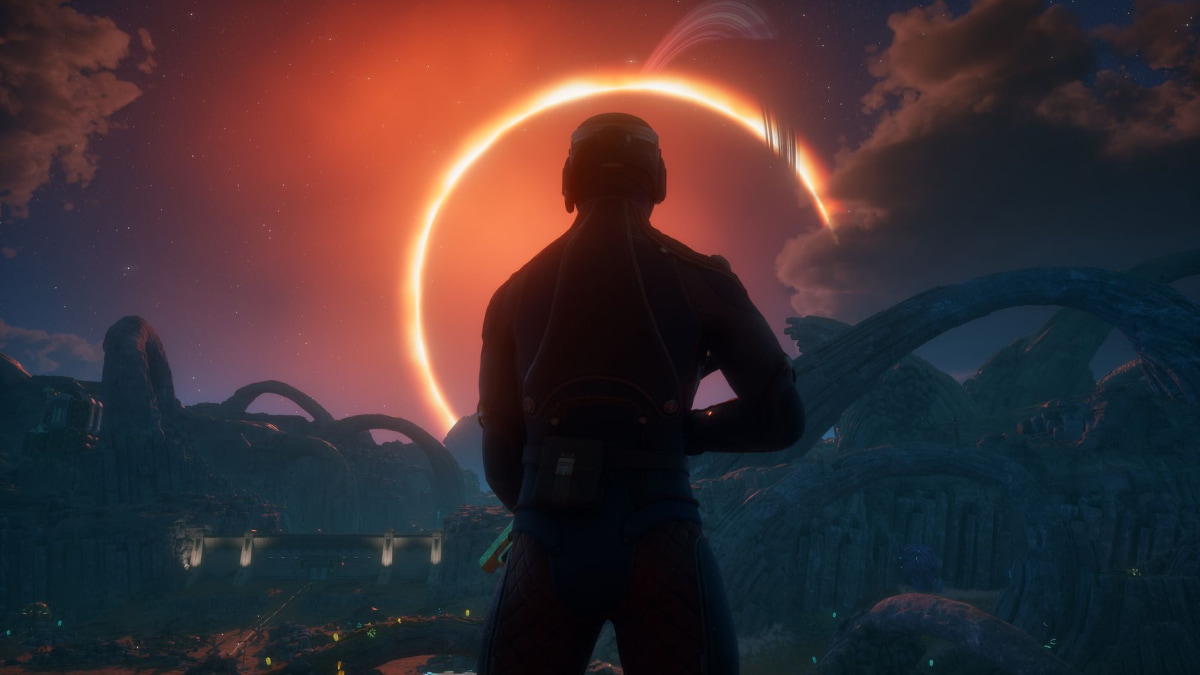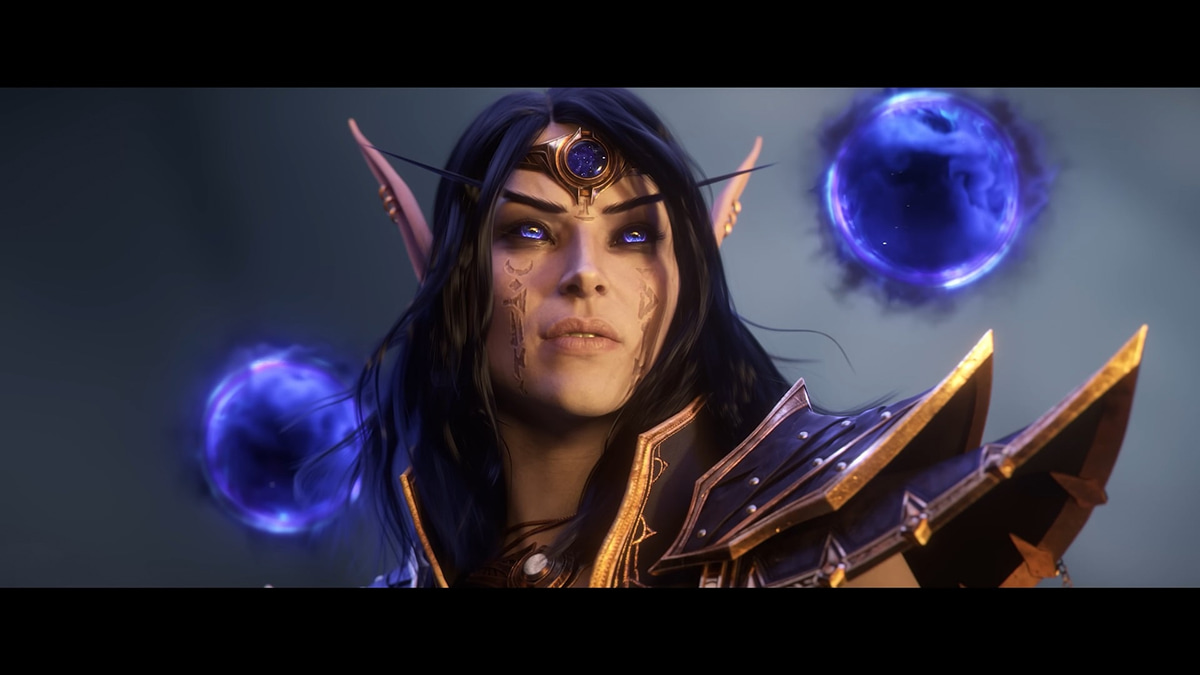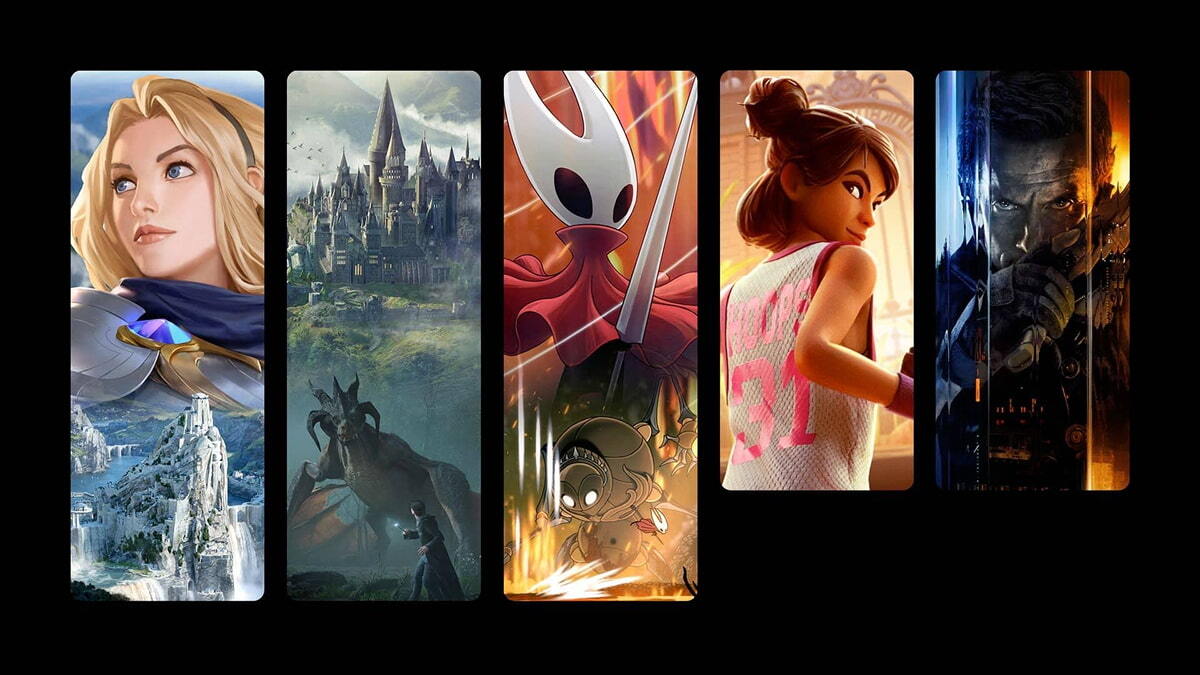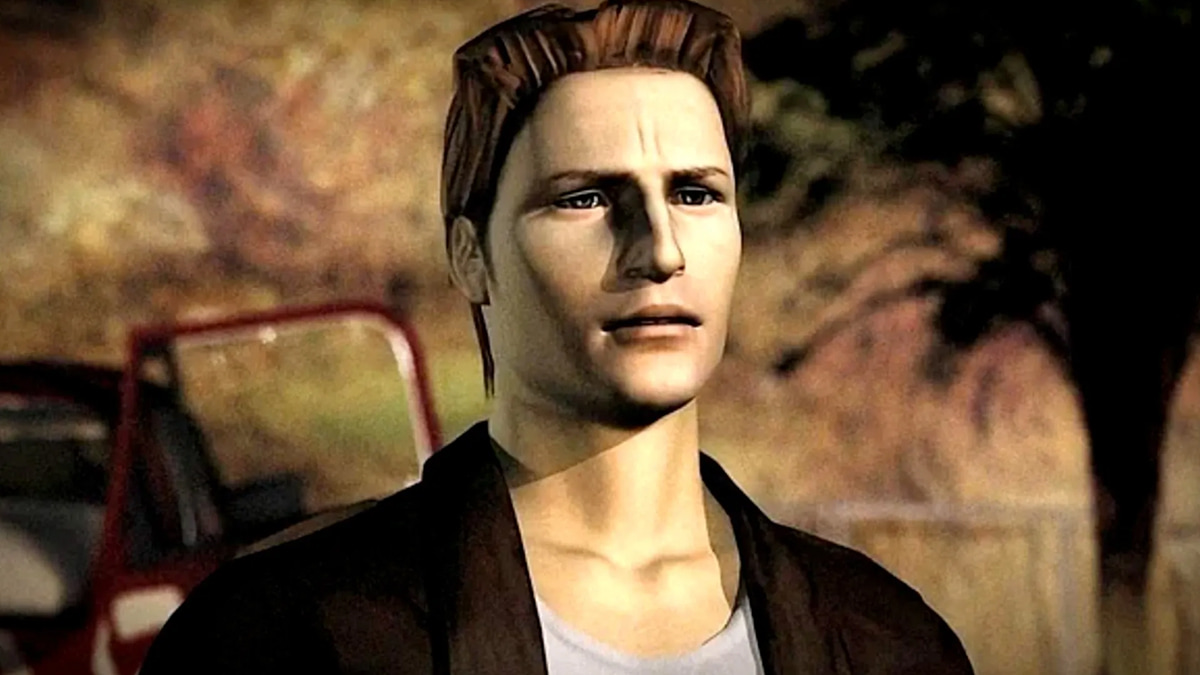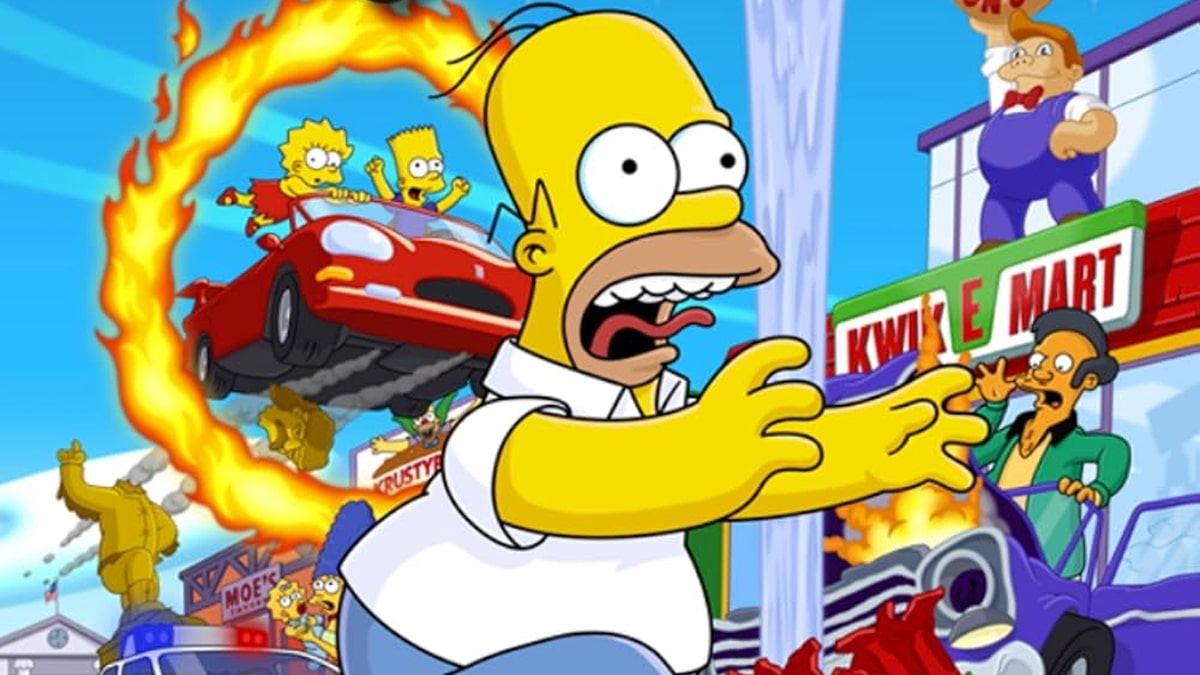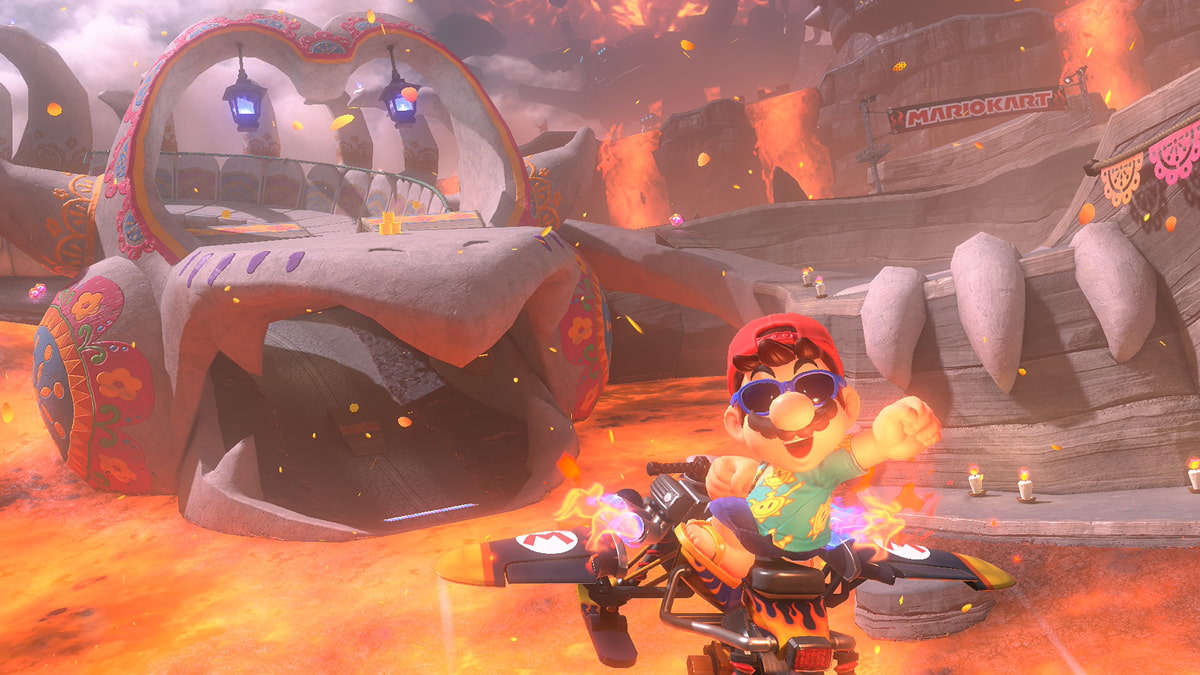You can trust VideoGamer. Our team of gaming experts spend hours testing and reviewing the latest games, to ensure you're reading the most comprehensive guide possible. Rest assured, all imagery and advice is unique and original. Check out how we test and review games here
FIFA 11 was a great game, one of, if not the best sports game of 2010, but it was in many ways just a tweaked version of the previous version, which itself was a refined version of what came before. FIFA 12 is shaping up to be different. After seeing some of the big changes EA Sports is making this year, the publisher might not be far from the truth when it calls FIFA 12 a revolution. Here are the key gameplay changes and additions to this year’s game that EA has revealed. For more general impressions head over to our FIFA 12 first-look preview.
Pressing no longer auto tackles
/https://oimg.videogamer.com/images/b348/pressing.jpg)
If like us your defending in FIFA over the last few years has relied entirely on holding down the ‘press’ button – the almost magical button that makes your selected player home in on the opposing player with the ball and tackle them, you’re out of luck in FIFA 12. In comes a new containing move, which positions your defender a few metres from the attacker, with you having to determine when you move in for the key tackle. EA promises that it will make things more challenging and opens up slick offensive options for skilled players who can dribble around oncoming defenders.
Better control in tight situations
/https://oimg.videogamer.com/images/0ba8/control.jpg)
In previous versions of FIFA and football games in general, trying to dribble with the ball when you’re in close proximity to other players or near the edge of the pitch has been nigh-on impossible. You just didn’t have the close ball control or slight movements to do what you wanted. This has been changed in FIFA 12. The new game engine uses the current context of your player’s situation on the pitch and automatically determines if you require more adept control. This works when trying to move past defenders on the sideline or while knocking the ball about in front the penalty box while trying to get off a shot.
Impact Engine completely changes animations
/https://oimg.videogamer.com/images/35fe/impactfifa.jpg)
If you think that FIFA 11 had poor animations you’d be completely wrong, but that game was built on an engine in which animations were chosen based on certain criteria for every situation. This looked good, but at times you’d see a collision result in an odd animation or players simply not interacting with each other at all. The new Impact Engine allows the bodies of players to interact with each other naturally, so legs can tangle, knees can collide, and sliding challenges can result in truly authentic looking falls.
The impact on gameplay
/https://oimg.videogamer.com/images/0c68/gameplayfifa.jpg)
While the Impact Engine looks brilliant, it’s how it affects gameplay that will matter most to FIFA fans. Its effects are seen most in little encounters on the pitch that might seem insignificant, but add up to make for a far more realistic football experience. A skilful player might get caught by a sliding tackle, which in FIFA 11 would probably have brought him down, but in FIFA 12 he’ll maintain his balance and break away from the defender. Players can use their arms to push and pull the opposition too, and on the whole there’s less stopping and starting for fouls.
True injuries
/https://oimg.videogamer.com/images/1847/injuries.jpg)
We’re talking about the Impact Engine again, but it really does play a major role in many of FIFA 12’s defining new features. With the new game engine it’s possible to monitor the health of joints and limbs, so a bad tackle that bends the knee the wrong way will result in a lengthy lay-off, a stud on the shin can do some real damage and ankles can be bent over. If it looks bad in a replay it’s likely to be bad for your player. Players can also cause self-injury, if tired for example and stretching for a ball. It’s also easier to get injured if you’re just coming back from some time out, so there’s a greater emphasis on smart squad management and squad rotation.
The best players always see the best pass
/https://oimg.videogamer.com/images/4a39/fifapass.jpg)
The very best players in the world can see passes most professionals can’t even dream of, but this has always been hard to accurately represent in video games. FIFA 12 features an under-the-hood vision wheel, which paints a picture of what every player on the pitch can see. The best players, Gerrard, Fabregas, Xavi and co, have huge vision wheels that stretch further and grow quicker, meaning they can see players that are further away and not directly in their line of sight. This means that you’ll want to get your playmaker on the ball more regularly, and when playing against the best you’ll have to close down the most skilful players in order to reduce the size of their vision wheel and hopefully prevent defence-splitting passes.
FIFA 12
- Platform(s): iOS, Nintendo 3DS, PC, PlayStation 2, PlayStation 3, PS Vita, PSP, Wii, Xbox 360
- Genre(s): Sport
